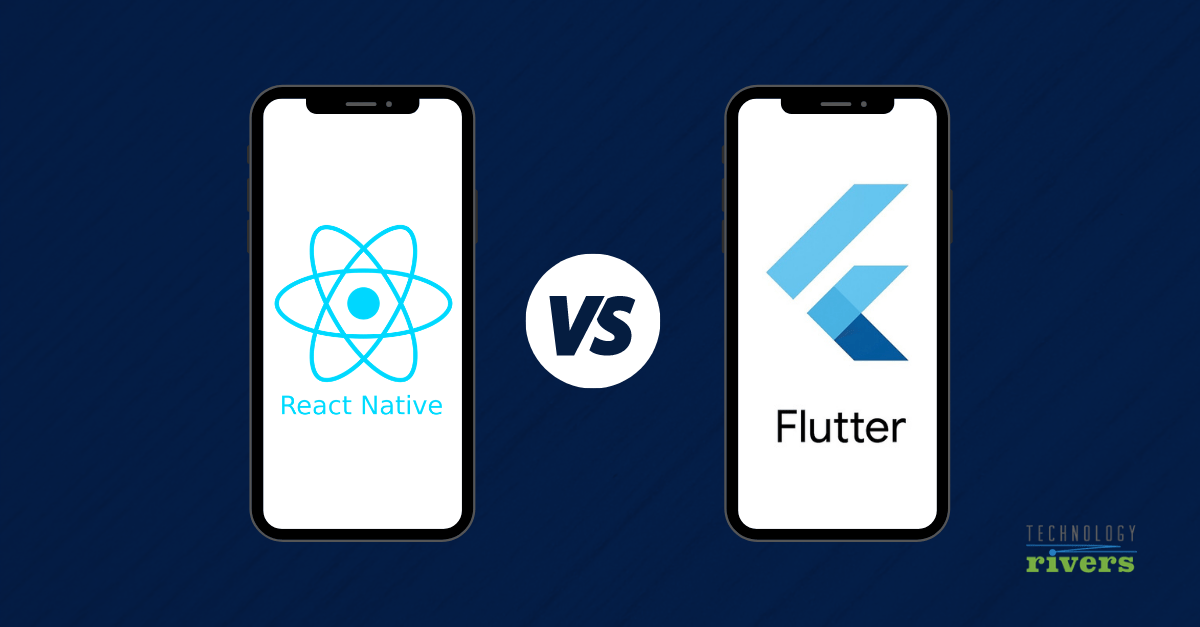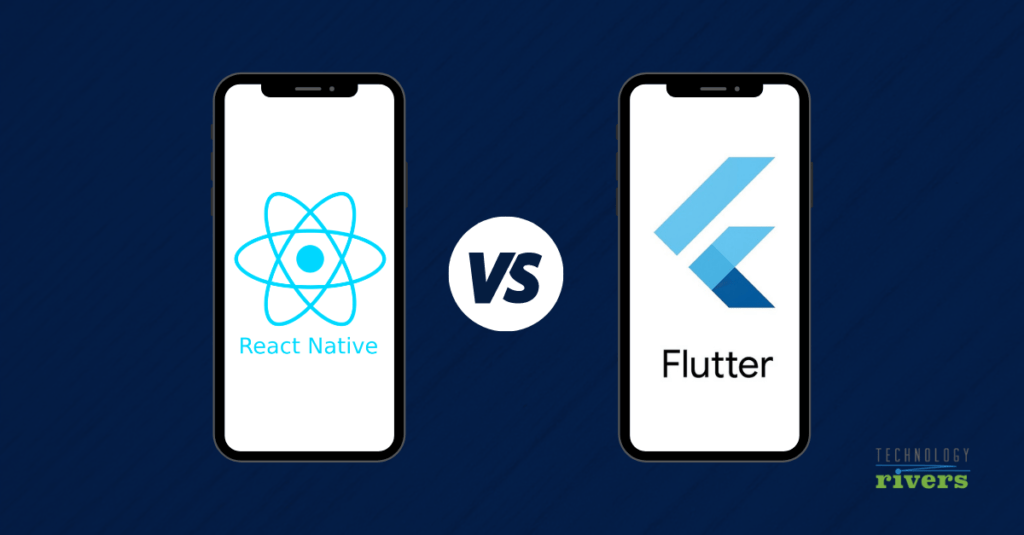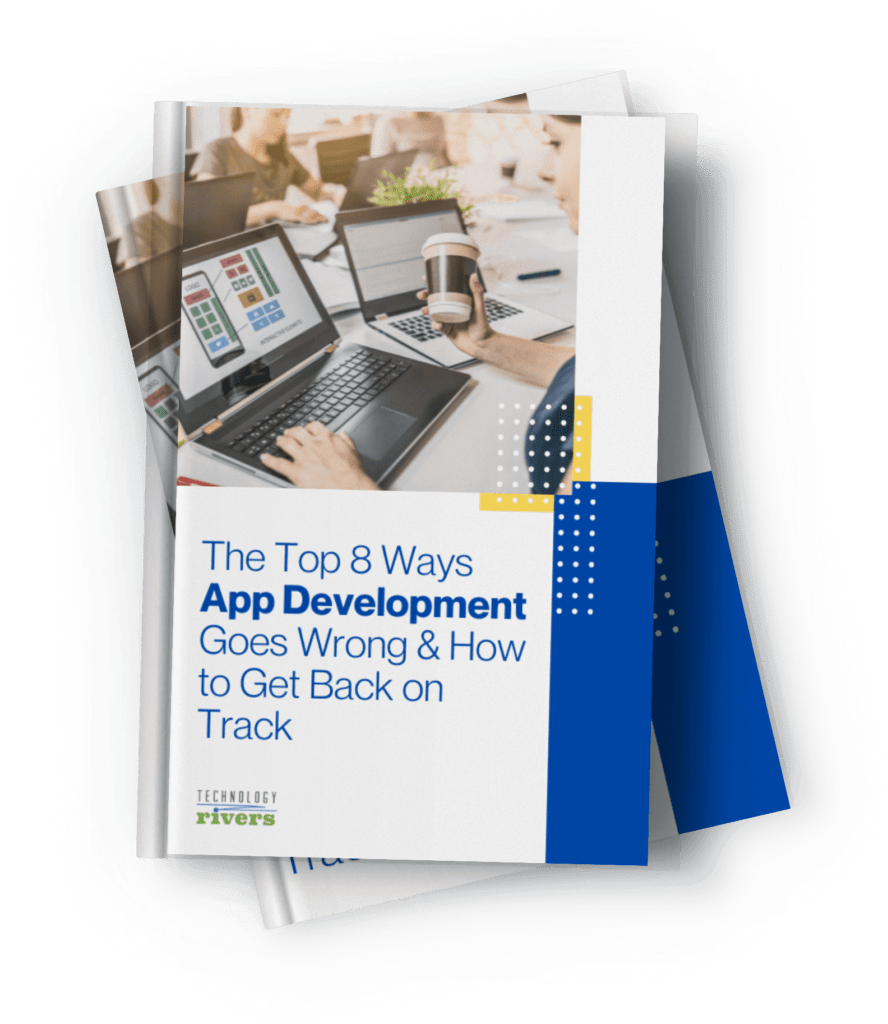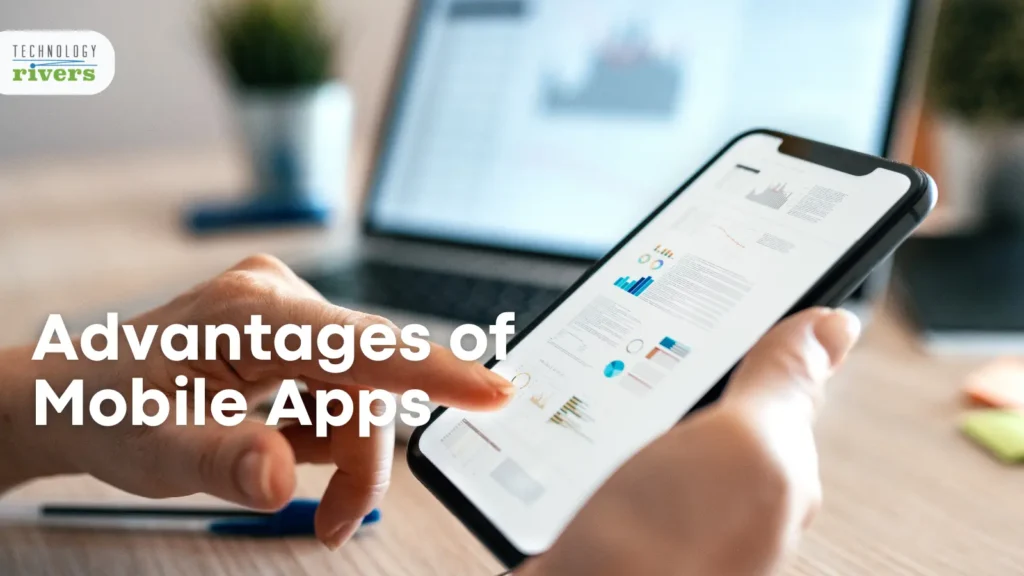
Blogs » React Native vs Google Flutter: How to Pick the Mobile App Development Platform for Your Next Mobile App
Table of Contents
Having an app released on the App Store and Google Play Store is every business’s desire. But the first step you need to take is choosing a technology stack.
What’s it going to be – React Native from the social media giant Facebook or Flutter from the search engine giant Google? When people said Kong vs. Godzilla is the biggest match-up this year, they forgot about these two internet giants.
So, which one is worth your time, money, and effort?
React Native
React is an open-source JavaScript library that lets developers create user interfaces. On the other hand, React Native is a framework that allows you to build a hierarchy of UI components to build the JavaScript code.
There are components for iOS and Android platforms that enable you to build a mobile application that has a native look and feel. Both React Native and ReactJS are developed by Facebook and use the same design principles, except the designing interface differs.
You can create real and interesting mobile apps using this platform, through JavaScript only, which is supportable for both platforms. All you need to do is code once, and the apps will be available for iOS and Android platforms. This alone can significantly help reduce development time.
Why React Native?
React Native components take the existing native code and interact with native APIs through its declarative UI paradigm and JavaScript. This allows new teams of developers to seamlessly work on native app development while enabling existing native teams to work much faster.
- Save time and money by allowing one common code base as the cost of building an Android and iOS app is almost half compared to native development
- Allows for cross-platform mobile app development
- Get multiple outcomes under one un-demanding solution
- Relatively less memory usage
- Backed by Facebook and has a larger community than Flutter
- Flexible and futuristic approach towards projects
Pros of React Native:
- True Native experience
- Save up on time and cost
- Get a native look and feel for your apps
- Easily share the codebase for iOS, Android, and the Web
- Add native iOS (Swift) or Android code (Kotlin) without major effort
- One team for multiple platforms
- Top-notch performance
- Ideal for companies that use React JS for the web, as many React components could be re-used
- Large open source community that supports it, and many third-party components and libraries are available
Cons of React Native:
- You might require some expertise from a native developer for platform-specific modules
- Requires JavaScript and Swift expertise, in case your application needs more native code-base for any reasons
- Any upgrades in third-party libraries are usually tied to the latest version and forces developers to upgrade the core React Native. This adds up work whenever there is a major upgrade.
In today’s world, you can find many famous businesses that already use this framework and are thriving every day. Tech giants like Skype, UberEats, Facebook, Instagram, Vogue, Pinterest, and Tesla use React Native.
Google Flutter
Flutter is a free, open-source mobile UI framework from Google that provides a quick and expressive way to build native apps on IOS and Android. It lets you create a native mobile app with only one codebase, which means you can use one programming language to create two apps for iOS and Android.
It is the only framework that has mobile SDK, which allows reactive styles without the use of any JavaScript bridge.
Why Google Flutter?
Flutter provides a fast way to create visually attractive apps for both operational systems, desktop computers, and the web from a single codebase.
It was engineered for high development speeds as the hot reload allows you to make changes to your code and see it in action without losing the state of the app.
- Allows for cross-platform mobile app development
- It has an expressive and flexible UI
- Native apps for Android and IOS
- It allows for high performance
- Reduces the use of third party libraries as it abstracts away the need to have separate styling components for iOS and Android platforms
- Flutter API is very consistent
- Has a customizable kit of Widgets
Pros of Google Flutter:
- Write code faster
- One code for 2 platforms
- Requires less testing
- Quicker apps
- Easy to customize existing widgets and create your own
- You can use the same app UI on older devices
Cons of Google Flutter:
- Libraries and support, though impressive, are not enough for native development
- Continuous Integration support – to achieve automatic building, testing, and deployment, you need to use and maintain custom scripts.
Alibaba used Flutter to create a great app experience for iOS and Android for their Xianyu app, which has over 50 million downloads, and more than 10 million daily users.
Google Ads is another example of a Flutter app. Many companies use Google Ads to keep their ad campaigns running smoothly. With it, they can view campaign stats, get real-time alerts and notifications, update bids and budgets, and even contact a Google expert to help improve their campaigns.
Flutter vs React Native
While both have their pros and cons, they have their differences as well, and your choice of platform may also depend on many of the differences we discussed here.
Code Structure
Flutter embraces the concept of ‘composition’ in its design, which means its UI layout consists of a tree of widgets. Everything in Flutter is essentially a widget, and this is what composition is – a widget made out of widgets all the way down to the last leaf.
As a result, it is capable of customizing the UI layout of the app while enabling developers to create platforms and widgets that can be easily reused. This means that if you’re creating an app with Flutter, it’s easier to maintain the local style.
On the other hand, since React Native is similar to JavaScript in that it enables developers to separate the executed codes and styles into different modules, a considerable amount of effort is required when styling as only a handful of components are adaptive to the platform.
Maturity
Comparatively, both platforms are quite young when you take the other programming languages into account. React Native started back in 2015, with its current version as 0.63.1, while Flutter was released in 2017, with the current version of 1.20. So as you can see, they’re both still in their early stages.
However, you should know that based on the development cycle and feature releases, React Native seems to be lagging behind Flutter.
Popularity
When it comes to popularity, both are not far from each other. On Github, Flutter boasts of 102k stars compared to React Native’s 90.5k stars.
On the flip side, React Native is preferred by 42% of developers in comparison to 39% of developers who prefer Flutter, according to Statista.
Programming Language
Flutter uses Dart programming language, which is a client-optimized language for quick apps on any platform. It was developed and released by Google back in 2011, and is considered as an object-oriented programming language.
While Dart might be easier to use and adapt to for Java users, there’s not much traction from developers and there aren’t that many large corporations that are invested in Dart development.
On the other hand, React Native uses JavaScript to create cross-platform apps, and it has been one of the commonly used web programming languages. Most front-end web developers are familiar with JavaScript, speeding up React Native development.
If you’re a web developer familiar with React and JavaScript, you might find building React Native apps pretty simple and straightforward though there is a slight learning curve. But if you’re not a fan of JavaScript and enjoy coding in object-oriented programming, you can give Dart and Flutter a try.
Cost to Develop a Flutter/React Native App
Figuring out the cost to develop an app is a complex process and depends on various factors including the complexity of features, the supported platforms, location of developers, and more. It’s difficult to accurately estimate the cost of a project without knowing all the requirements and doing research.
Whether you choose React Native or Google Flutter, the app development cost will likely be the same and vary depending on the above-mentioned factors.
Future of React Native and Google Flutter
As Google continues to refine its tool, more and more companies continue to flock to Flutter. With monthly improvements in the Flutter SDK, along with the very helpful and enthusiastic community, the future looks promising for the toolkit.
What’s more, you can expect to use Flutter in the future to create not only mobile applications, but also apps for desktop and web.
As for React Native, Facebook is currently focusing on a large-scale re-architecture of the technology. The React Native development team developed a new pattern that allows the JS thread to directly communicate with the C++ part, making the performance much faster than before.
They are also developing a pattern that enables the rendering to be much faster by using what’s called the “Re-render”. All this means that React is more than ready to listen to any issues and take on any challenges that may come along the way.
Which Platform Meets Your Requirements?
This depends on the project requirements and the balance of your team’s skills.
To know which platform would work better for your needs, you should ask yourself the following questions:
- If your app requires very custom gestures or experience, then native would be a better choice instead of React Native or Google Flutter. One such example is Felt App, which is a handwritten greeting card app. This app needed a custom design, as well as custom low-level code to create a smooth writing experience, so Native apps made sense in this case.
- In-house development expertise makes a difference. Are you familiar with Dart or other object-oriented programming languages? If yes, then using Flutter will be a walk in the park.
- Are you fluent in JavaScript? If yes, then choosing React Native would be the logical choice.
- Does your app have a similar web interface as well, or do you use React JS for the web front-end? React Native will be cost-effective and fast as many react components could be re-used.
- Do you wish to build your app’s GUI with native UI components? If yes, then choose React Native.
- Is your priority brand-first design? If yes, then Flutter fits the bill.
Note: Each application is different, so you should consider each one with a grain of salt. It’s always a good idea to discuss your project with experienced developers who are capable of using different approaches and have a wide skill-set when it comes to cross-platform development. If you seek advice from programmers who only know one framework, it’s very likely they will steer you to use that specific tool.
Conclusion
Ultimately, Flutter and React Native are both very good technologies that have large popularity and enduring trust from their users. Since delivering projects on time is a highly critical aspect of mobile app development, React Native and Flutter both do well.
The cross-platform nature of both helps reduce time-to-market. Their third-party libraries and ready-to-use components provide a more efficient way to use them to build your app. Additionally, Flutter and React Native can even reduce project costs. So choose wisely when selecting a technology stack.
Do you have a mobile app idea for your startup? Contact us today to schedule a consultation with our development team, and we’ll discuss how you can turn that app from an idea into a reality!














